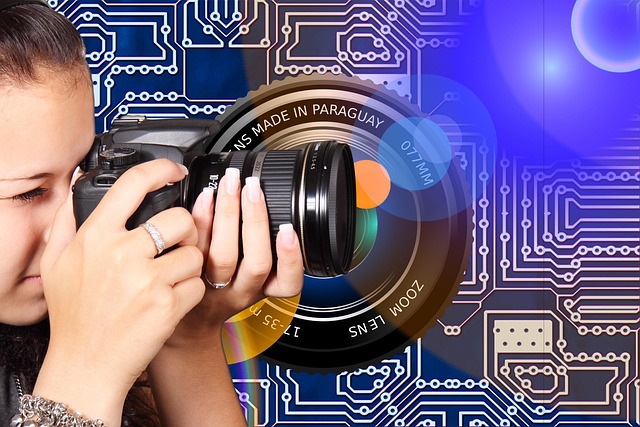
The Evolution of Circuit Technology in IT: A Hardver Perspective
The world of Information Technology (IT) is one of rapid evolution and constant change, much like the electronic circuits that serve as its backbone. From the earliest days of computing, circuits have played a critical role in the development of hardware, shaping the way we interact with technology today. Understanding this evolution is essential for anyone passionate about the hardver aspect of IT.
In the late 1940s, the invention of the first electronic circuits marked a pivotal moment in the IT landscape. These early circuits were rudimentary, created using vacuum tubes and bulky components. As technology advanced, transistors emerged, revolutionizing circuit design by allowing devices to become smaller, faster, and more efficient. This shift laid the groundwork for the powerful hardware we utilize today, demonstrating how circuit technology directly impacts the performance and capabilities of IT systems.
As the years passed, circuits continued to evolve at a mesmerizing pace. The introduction of integrated circuits (ICs) in the 1960s was another milestone, allowing thousands of transistors to be embedded on a single chip. This miniaturization not only enhanced processing power but also made technology more accessible to the masses. The proliferation of personal computers in the 1980s can be attributed to these advancements in circuit technology, illustrating the intimate connection between hardver development and the democratization of IT.
Fast forward to the 21st century, and we find ourselves amidst a digital revolution characterized by complex circuits that drive a multitude of devices—from smartphones to cloud servers. Circuit technology has transcended traditional hardware boundaries, integrating with emerging fields such as the Internet of Things (IoT) and artificial intelligence (AI). This integration has expanded the scope of possible applications, highlighting the ongoing relevance of circuit technology in shaping the future of IT.
Moreover, the quest for sustainability in technology has spurred innovations in circuit design, emphasizing energy efficiency and reduced environmental impact. Engineers are now focused on designing circuits that can do more with less, paving the way for a greener approach to hardware development. This shift not only reflects consumer demand but also signals a broader awareness within the IT community about the responsibility we have to our planet.
As we continue to explore the potential of circuits in hardver technology, it is crucial to remain mindful of the intricate relationship between these components and the wider IT ecosystem. The advancements in circuit technology will undoubtedly shape the trajectory of future innovations, influencing everything from data storage solutions to high-performance computing. Embracing this evolution not only enhances our understanding of the past but also prepares us for the future, where the possibilities are as limitless as our imagination.
Ultimately, the story of circuit technology is a reflection of our desires and capabilities as a society. Every time we interact with a piece of technology, we engage with the profound evolution of circuits that have made it all possible. Appreciating this journey fosters a deeper connection to the hardware we rely on daily, reminding us that at the heart of our digital experiences lies the intricate world of circuits.



